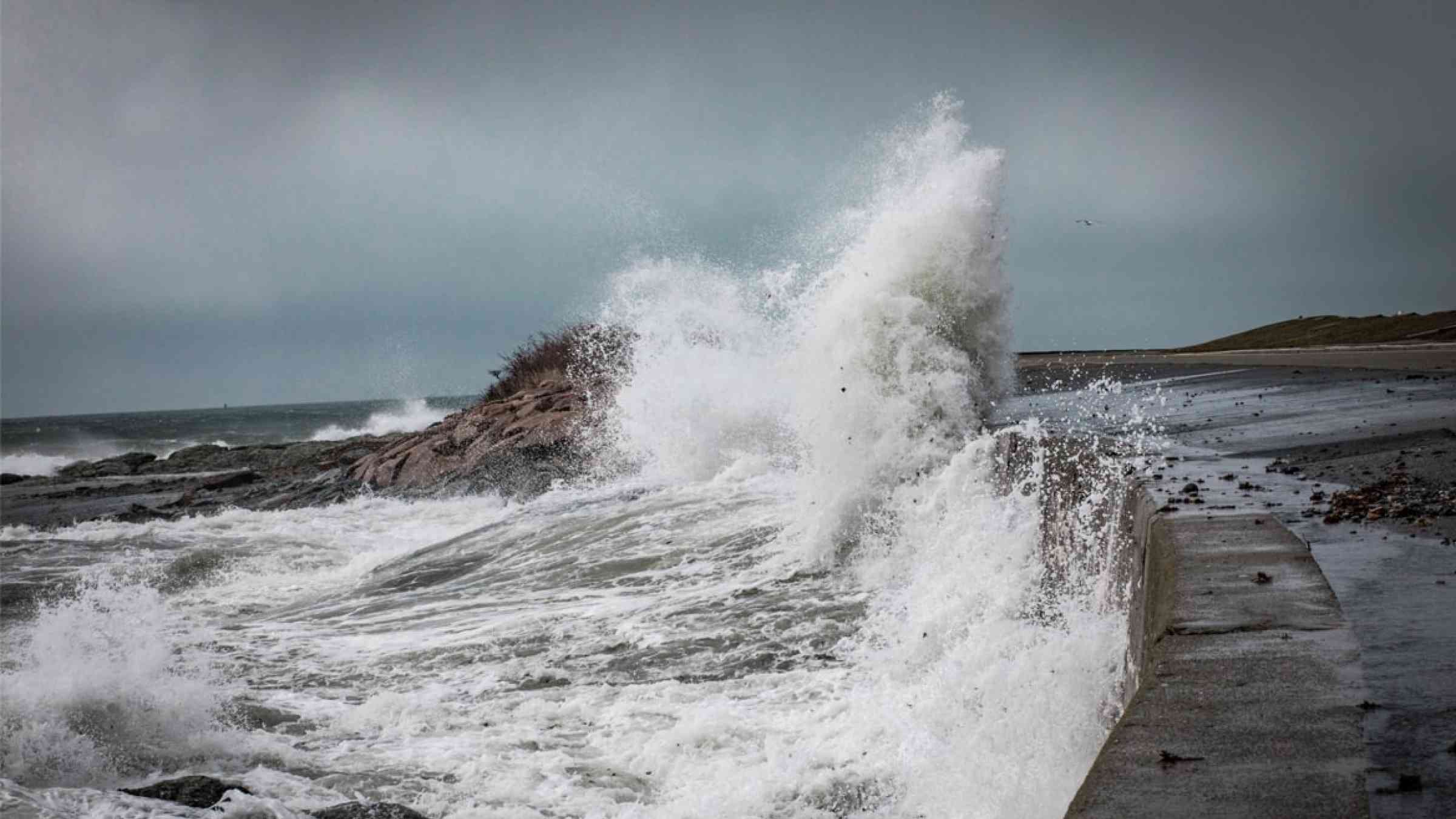Barrier islands are at the forefront of climate change adaptation

Coastal systems such as wetlands, coral reefs, and barrier islands have the potential to keep pace with sea-level rise, provided sufficient space and amounts of sediments and ecosystems are available. Yet, coastal development can undermine this autonomous adaptation if coastal biophysical processes are overlooked.
In their companion studies, Anarde et al. [2024a, 2024b] develop and apply a coastal evolution model exploring the impacts of coastal management strategies under different sea-level rise scenarios in barrier islands, such as those of North Carolina in the United States. For example, the authors find that building higher dunes to protect infrastructures reduces overwash, which in turn reduces the ability of barrier islands to grow vertically and can ultimately compromise the habitability of barrier islands. The authors demonstrate the usefulness of “appropriate complexity” coastal evolution models that represent the macro-scale landforms evolutions without resolving the detailed micro-scale hydrosedimentary processes.
This type of model is becoming mature enough to support coastal communities in their strategic coastal adaptation planning. This research also highlights the need to explore new coastal development practices able to accommodate processes such as overwash, which can cause infrastructure damages on the short term, but may sustain coastal landforms such as barrier islands in the long-term.